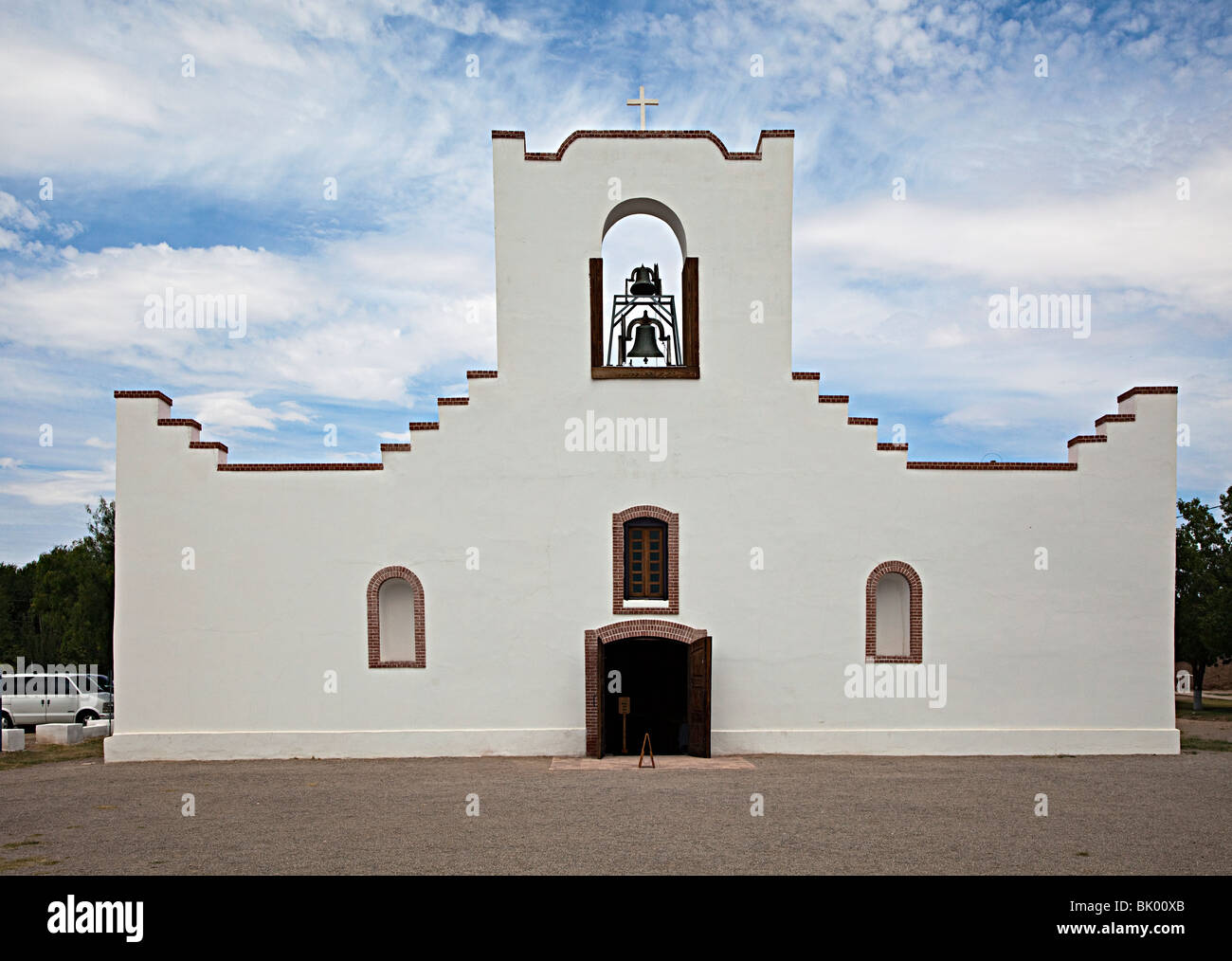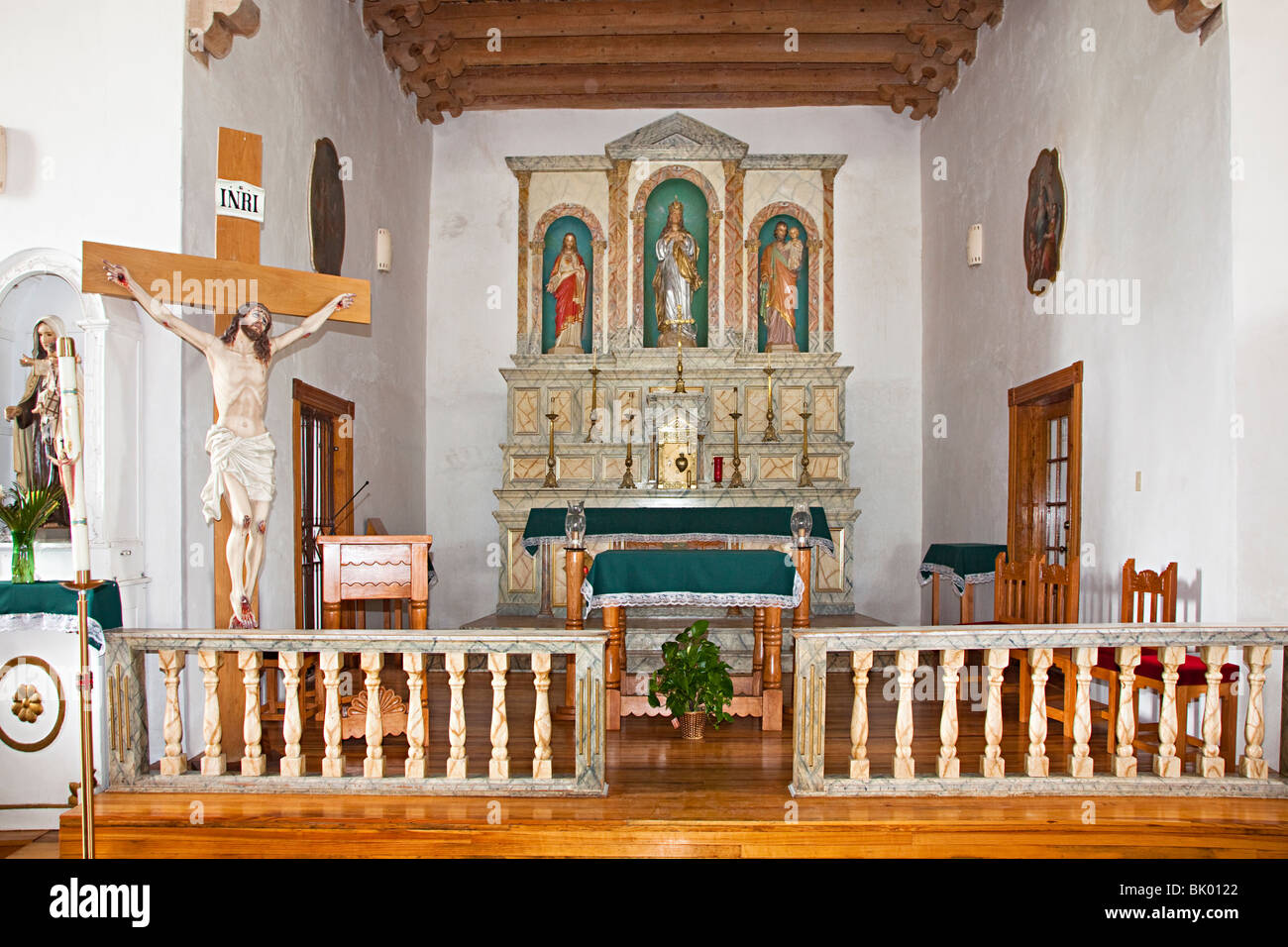
Echoes in Adobe: The Enduring Spirit of Socorro Mission, Texas
In the sun-drenched, windswept landscape of far West Texas, where the Chihuahuan Desert stretches its vast, arid arms and the Rio Grande carves a meandering path, stands a quiet sentinel of history: Socorro Mission. More than just an ancient structure of adobe and timber, it is a living testament to faith, resilience, and the enduring spirit of a community that has faced floods, political upheaval, and the relentless march of time. As the oldest continuously operated mission in Texas, Socorro is not merely a relic of the past but a vibrant heart beating with centuries of stories, struggles, and triumphs.
To understand Socorro is to embark on a journey back to the late 17th century, a tumultuous era when the foundations of what would become Texas and the American Southwest were being laid amidst conflict and cultural convergence. Its origins are deeply intertwined with the Pueblo Revolt of 1680, a watershed moment in the history of the Spanish colonial empire. When the indigenous Pueblo people of New Mexico rose up against Spanish rule, driving settlers and allied Native American groups south, a significant exodus occurred. Among the refugees were the Spanish colonists and their loyal Piro and Tompiro Pueblo allies, who settled along the Rio Grande near present-day El Paso.
It was in this crucible of displacement and new beginnings that Nuestra Señora de la Limpia Concepción del Socorro (Our Lady of the Immaculate Conception of Aid/Help) was established in 1682. While the Ysleta Mission (Corpus Christi de la Isleta) was founded slightly earlier for the Tiwa (Tigua) people, Socorro was specifically intended for the Piro and Tompiro communities, offering them a spiritual home and a place to rebuild their lives under the guidance of Franciscan missionaries. The name "Socorro" itself, meaning "aid" or "help," perfectly encapsulated the mission’s purpose: a sanctuary and a beacon of hope in a new, often harsh, land.

The initial mission was a humble affair, constructed from readily available materials: sun-baked adobe bricks, river cane, and rough-hewn timbers. These early structures were more than just churches; they were the focal points of nascent communities, encompassing living quarters, workshops, and agricultural lands. The missionaries sought to evangelize the native populations, introducing them to Christianity and European agricultural techniques, while the indigenous people, in turn, adapted these new practices, often blending them with their own deeply rooted traditions. This blend of cultures, sometimes harmonious, sometimes fraught with tension, forged the unique identity of the Texas borderlands.
However, the history of Socorro Mission is not a linear tale of peaceful growth. It is a narrative punctuated by the powerful, unpredictable forces of nature, most notably the Rio Grande. The river, the lifeblood of the desert, was also its most formidable destroyer. Over the centuries, the Rio Grande frequently changed its course, sometimes dramatically, leading to devastating floods that repeatedly claimed the mission structures.
"The river," explains Dr. Elena Ramirez, a local historian and preservationist, "was both giver and taker. It nourished the fields that sustained the community, but it also relentlessly eroded banks and swept away everything in its path. Socorro’s story is one of literal rebuilding, time and again, from the very mud that formed its walls."
The most significant of these destructions occurred in 1829, when a massive flood completely obliterated the existing mission. Undeterred, the resilient community, demonstrating an unwavering commitment to their faith and their spiritual home, rebuilt the mission on higher ground. This act of perseverance became a defining characteristic of Socorro. Each new iteration incorporated elements salvaged from the old, creating a layered history within its very fabric. The current structure, completed in 1843, stands as a testament to this indomitable spirit.
The architecture of Socorro Mission, while seemingly simple, is deeply evocative and imbued with historical significance. Its thick adobe walls, a natural insulator against the desert’s extreme temperatures, speak of ingenuity and adaptation. The most striking interior feature is its ceiling: magnificent hand-carved vigas (wooden beams) supported by ornate corbels. These timbers, often brought from distant mountain ranges, were meticulously crafted by skilled artisans, some of whom were likely local Native Americans, their designs reflecting a blend of Spanish colonial and indigenous artistic traditions. The light filtering through the small windows, illuminating the aged wood and the earthen walls, creates an atmosphere of profound tranquility and reverence.
The mission’s bell tower, a later addition, stands as a beacon, its bells having rung out over generations, marking births, deaths, celebrations, and calls to prayer. Inside, the altar, often adorned with simple yet beautiful religious art, serves as the focal point of worship, connecting past parishioners with present-day congregants. The mission’s art pieces, though sometimes modest, tell stories of devotion and the cultural exchange that shaped the region.
"When you step inside Socorro," says Father Antonio Garcia, the current parish priest, "you’re not just entering a building; you’re entering a living prayer. The very air here feels different, imbued with the hopes, sorrows, and faith of generations. It’s a place where the veil between past and present feels incredibly thin."
Beyond its physical structure, Socorro Mission remains a vibrant and active Catholic parish, a spiritual anchor for the local community. It continues to host daily masses, baptisms, weddings, and funerals, fulfilling the very purpose for which it was founded centuries ago. This continuous use is what truly sets it apart from many other historical sites, preventing it from becoming a mere museum piece and ensuring its relevance in contemporary life.

The mission is also a crucial stop along the El Paso Mission Trail, a designated National Historic Landmark District that includes Ysleta Mission and the Presidio Chapel of San Elizario. Together, these three sites offer a compelling journey through the region’s rich history, showcasing the intertwined narratives of Spanish colonization, Native American cultures, and the development of the Texas frontier. Visitors to Socorro often find themselves moved by its quiet power, reflecting on the arduous lives of its founders and the enduring legacy they left behind.
Preservation efforts for Socorro Mission are ongoing and vital. The adobe structure, while robust, requires constant care and protection from the elements. Local historical societies, the Catholic Diocese of El Paso, and dedicated community volunteers work tirelessly to maintain the mission’s integrity, ensuring that its historical and spiritual significance is preserved for future generations. These efforts involve specialized conservation techniques, careful restoration of damaged elements, and educational programs to raise awareness about the mission’s unique heritage.
In an increasingly fast-paced and modern world, Socorro Mission stands as a powerful counterpoint, a place where time seems to slow, allowing for reflection and connection to a deeper past. It reminds us of the tenacity of human spirit, the power of faith, and the profound impact that a single sacred space can have on the identity and endurance of a community.
As the desert sun dips below the horizon, casting long shadows across its ancient adobe walls, Socorro Mission remains, just as its name suggests, a place of aid and help. It is a beacon of history, a sanctuary of faith, and an enduring symbol of the strength found in resilience. To visit Socorro is to touch the very soul of West Texas, to hear the echoes of centuries, and to witness the timeless dance between human endeavor and the relentless forces of nature. It stands not merely as a relic, but as a living, breathing testament to an extraordinary legacy that continues to inspire and uplift all who walk through its hallowed doors.


